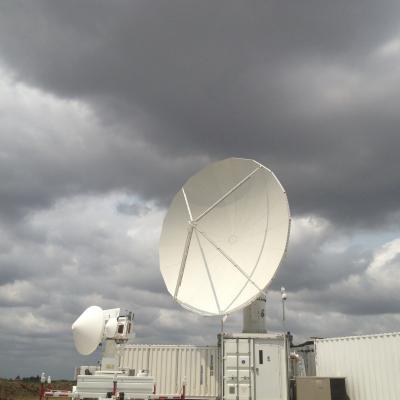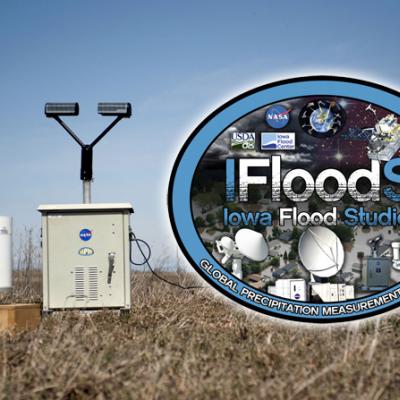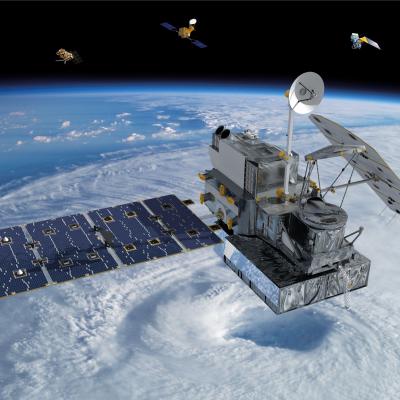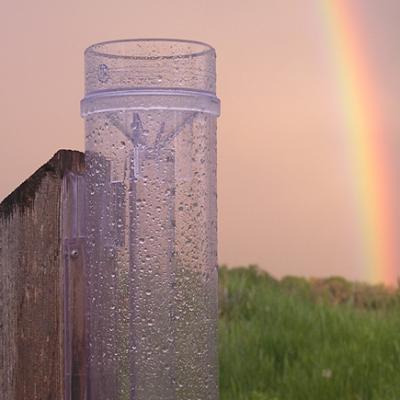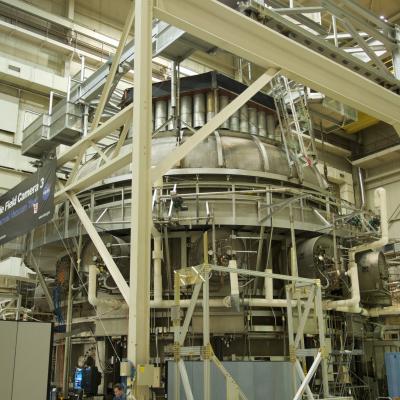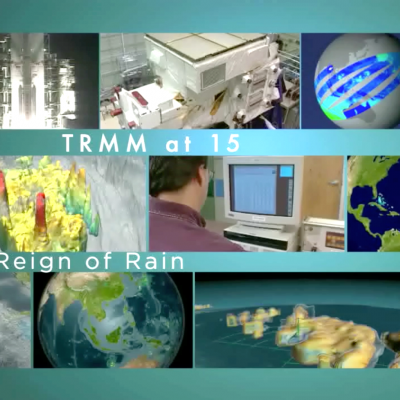GPM Completes Vibration Tests
The GPM Core satellite successfully completed vibration testing in July 2013, at NASA's Goddard Space Flight Center, Greenbelt, Md. The tests ensure that the spacecraft can withstand the vibrations caused by the Japan Aerospace Exploration Agency (JAXA) H-IIA rocket during satellite’s launch early in 2014. Sitting on a specialized mobile platform, the GPM spacecraft was abruptly moved back and forth in each of its three spatial orientations. GPM attached to the shaker table for horizontal vibration testing. Credit: Warren Shultzaberger / NASA


